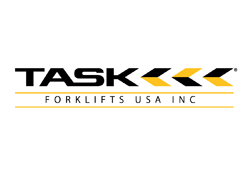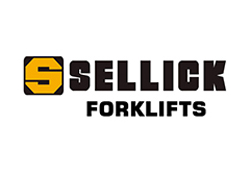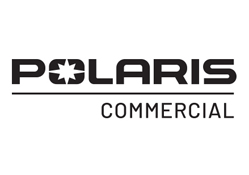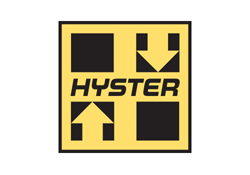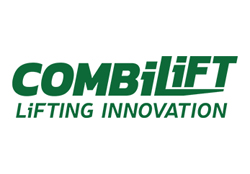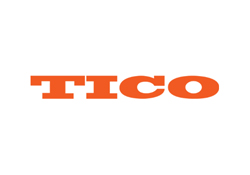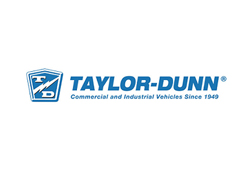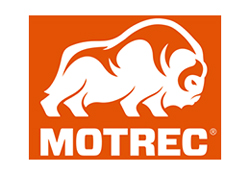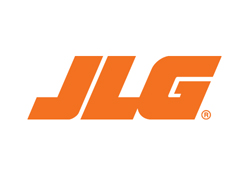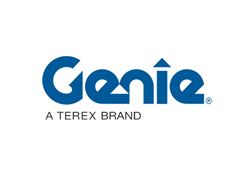How to Choose the Right Forklift Parts for Your Specific Needs
Choosing the right forklift parts is crucial for maintaining the efficiency and safety of your operations. With a wide array of components available in the market, selecting the suitable parts tailored to your specific needs can be daunting. Factors such as the type of forklift you own, the nature of your workload, and your budget all play significant roles in this decision-making process. Understanding the different types of forklift parts, including forks, tires, and hydraulic systems, is essential to ensure optimal performance and longevity of your equipment.
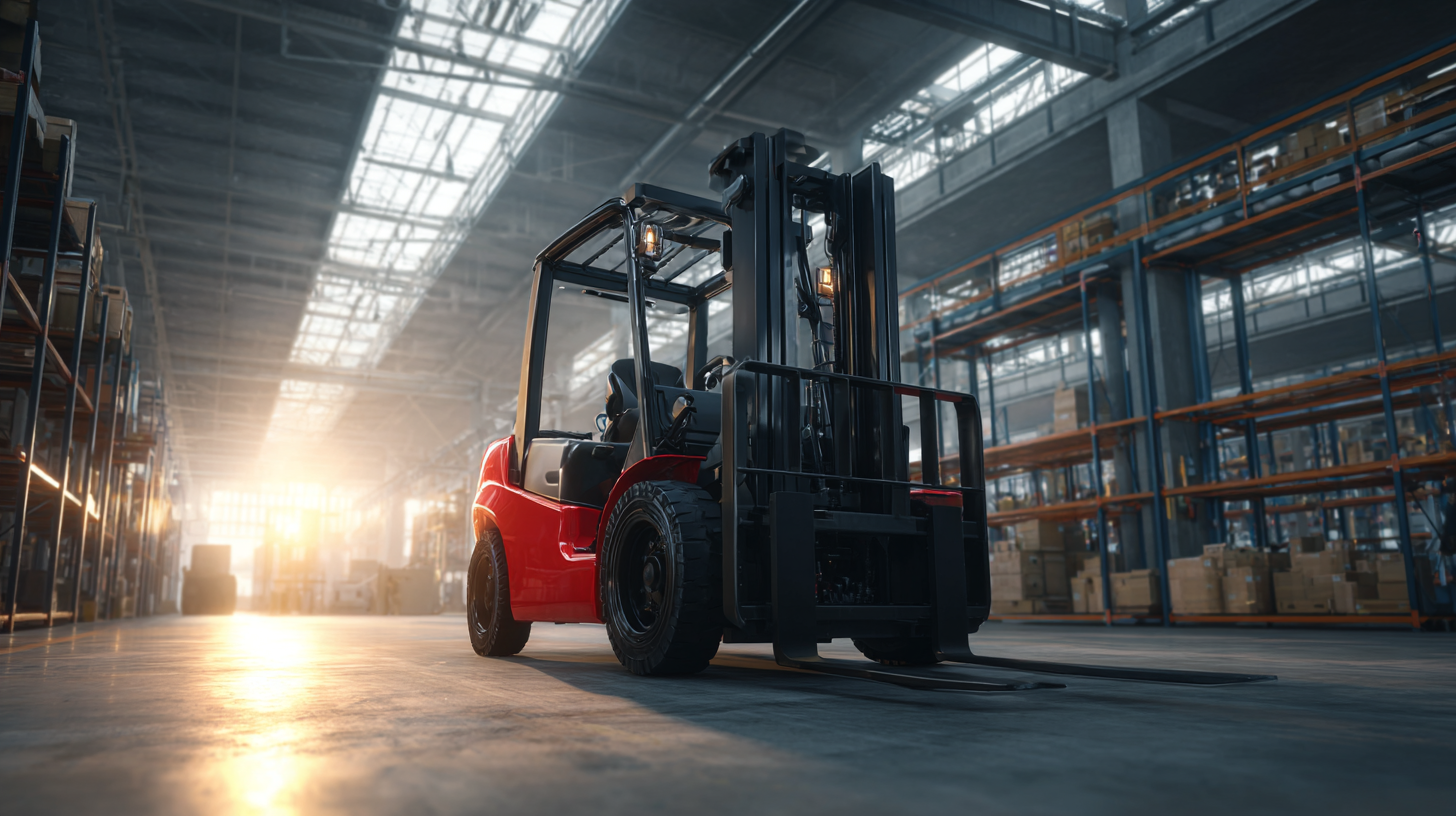
Moreover, prioritizing quality and compatibility with your existing system can prevent costly downtimes and enhance operational productivity. In this guide, we will explore the vital considerations that should influence your choices and help you navigate the complexities of purchasing forklift parts effectively.
Identifying Your Forklift Model and Specifications for Part Selection
When it comes to selecting the right forklift parts, identifying your forklift model and specifications is crucial. Knowing the make and model of your forklift allows you to access the specific parts designed for its unique operating standards. According to a recent report from the Material Handling Industry of America (MHIA), over 70% of forklift maintenance issues stem from using incorrect or incompatible parts. This highlights the importance of accurate identification in preventing costly repairs and ensuring optimal performance.
To start the selection process, locate the forklift's data plate, which typically features vital information including the model number, load capacity, and manufacturing date. Each part must align with these specifications to ensure safety and functionality. A study conducted by the Industrial Truck Association reveals that replacing parts with OEM (Original Equipment Manufacturer) components can increase machine reliability by up to 30%. Therefore, investing time in identifying your forklift's model not only extends its lifespan but also enhances productivity in your operations.
Understanding the Types of Forklift Parts and Their Functions
When it comes to selecting the right forklift parts based on your specific needs, it's essential to understand the various types of components available and their functions. For instance, the mast and forks are crucial for lifting and carrying loads, while the hydraulic system determines the efficiency of these operations. Identifying the specific requirements of your operation—such as load capacity, lifting height, and frequency of use—will guide you in selecting the appropriate parts that ensure optimal performance and safety.
Additionally, considering the types of tires and the drive system is vital in enhancing maneuverability and stability, particularly in different working environments. Whether you need pneumatic tires for rough outdoor surfaces or cushion tires for smooth indoor operations, each type serves a unique purpose. Other key components, like battery systems for electric forklifts or engines for internal combustion models, must also be compatible with the intended workload and usage scenarios. Tailoring your choice of forklift parts to the specific functions and demands of your operations will ultimately lead to increased efficiency and longevity of your equipment.
Evaluating Quality and Compatibility in Forklift Parts
When selecting forklift parts, evaluating their quality and compatibility is crucial for optimal performance. Just as studies assess compatibility in various materials and systems, the same principles apply to choosing the right forklift components. For instance, using compatible parts ensures not only proper functionality but also prolongs the lifespan of your equipment. According to industry reports, around 25% of performance issues in forklifts stem from the use of non-compatible components. By investing in high-quality, compatible parts, businesses can enhance operational efficiency.
Tips for ensuring compatibility include consulting with your forklift manufacturer for recommended parts and checking specifications meticulously. Moreover, just as researchers validate the compatibility in new materials for applications in 3D printing and biopharmaceuticals, operators should conduct rigorous assessments of components like tires, batteries, and forks before procurement.
Additionally, professional evaluations, similar to those performed in recent studies on polymer compatibility or drug-excipient interactions, can safeguard against performance risks. Employing a systematic approach to assess the compatibility of forklift parts can significantly reduce downtime and operational costs while ensuring safety and reliability in lifting operations.
Considering Cost-Effectiveness and Budget Constraints
When it comes to selecting forklift parts, understanding cost-effectiveness and working within budget constraints is essential. The key is to balance quality and price to ensure that the components you choose will deliver reliable performance without breaking the bank. Investing too little can lead to issues such as frequent breakdowns or reduced efficiency, while overspending can hurt your bottom line.
**Tips:**
1. Research suppliers and compare prices for the required parts. Look for reputable vendors that offer quality products at competitive rates.
2. Consider purchasing refurbished or remanufactured parts when possible. These options often come at a lower cost while still meeting manufacturer specifications.
Additionally, evaluate the long-term value of the parts you are considering. Investing in high-quality components may seem more expensive upfront, but it can save you money in the long run by reducing maintenance costs and downtime. Prioritizing parts that enhance the durability and functionality of your equipment will help you achieve a more cost-effective operation overall.
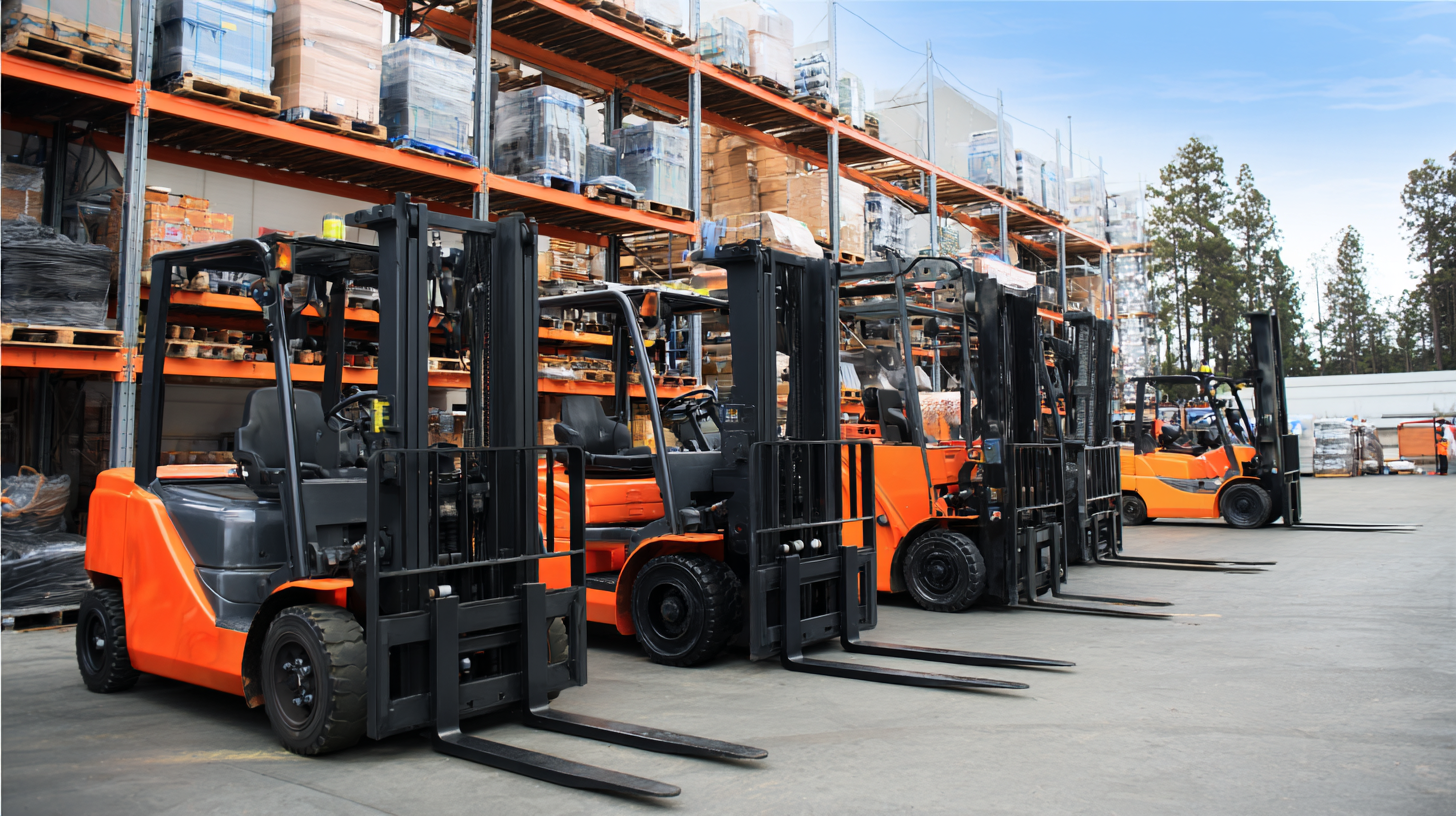
Seeking Expert Advice and Supplier Recommendations for Forklift Parts
When it comes to choosing the right forklift parts, seeking expert advice is crucial. According to the 2022 Forklift Industry Trends Report, 65% of businesses that consult with seasoned professionals during their parts procurement process report higher efficiency and lower operational costs. Industry experts can guide you in selecting parts that not only meet your specific needs but also enhance the performance and longevity of your forklift fleet.
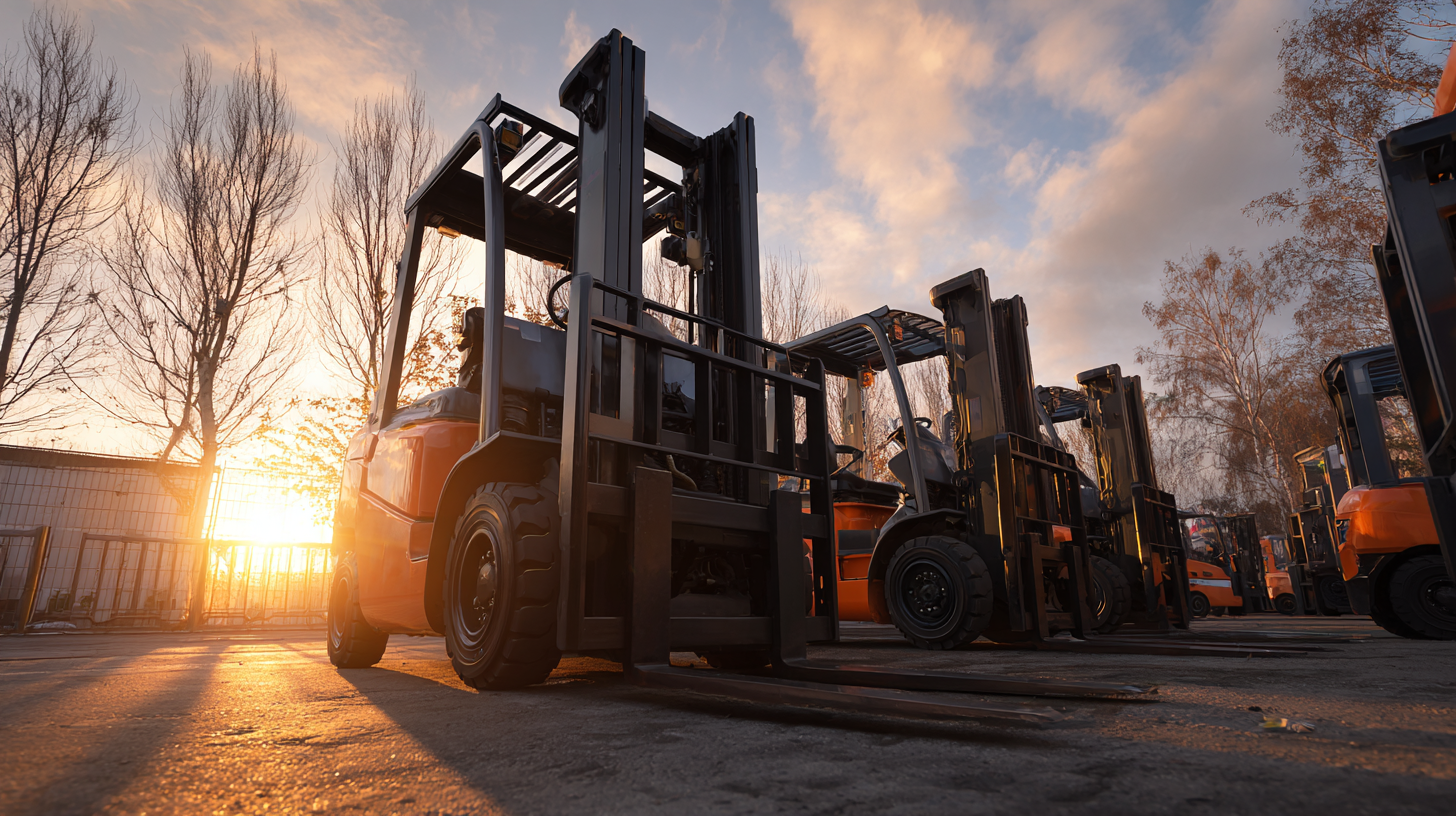
Tip: Always check for compatibility when selecting forklift parts. Using parts that are not specifically designed for your forklift model can lead to unnecessary downtime and safety hazards.
Additionally, rely on reputable suppliers that have proven track records in the industry. The same report highlights that businesses using established suppliers experience a 30% reduction in repair frequency compared to those who opt for lesser-known brands. When making recommendations, prioritize suppliers who offer warranties and after-sales support, as this can significantly impact your overall satisfaction and long-term costs.
Tip: Don’t hesitate to ask suppliers for their performance data and customer reviews to ensure you are making an informed decision.
Related Posts
-
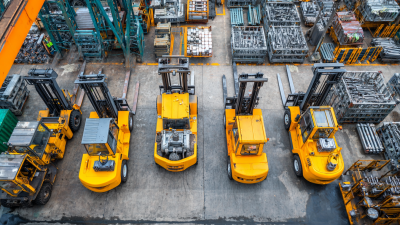
How to Choose the Right Forklift Parts for Your Needs
-

Unlocking Efficiency: The Benefits of Quality Forklift Parts for Your Business
-

The Ultimate Guide to Choosing the Best Fork Lift for Your Warehouse Needs
-

Unlocking Global Opportunities: Discover the Latest in Aerial Lift Rentals at the 137th Canton Fair!
-
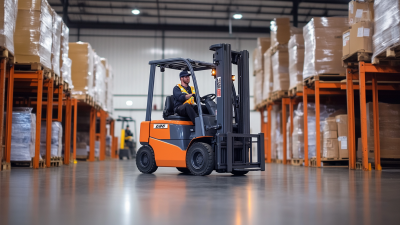
Top 10 Reasons Global Buyers are Choosing Forklift Leasing Over Purchasing in 2023
-
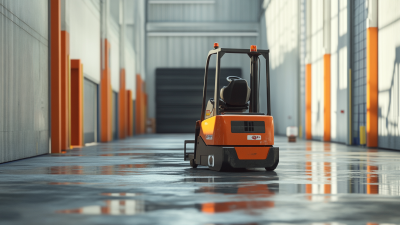
8 Reasons Why a Powered Pallet Jack Is Essential for Efficient Warehouse Operations
